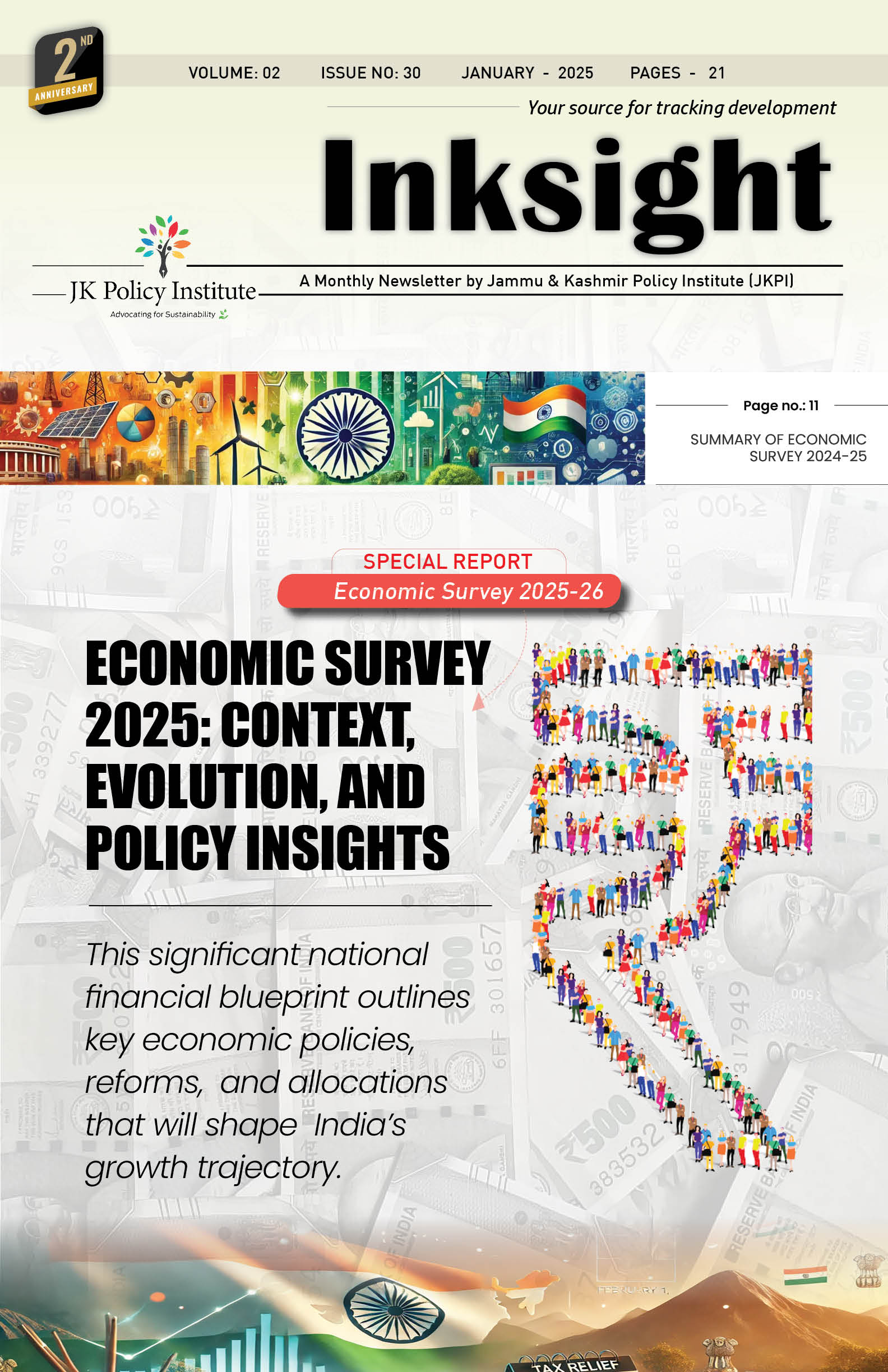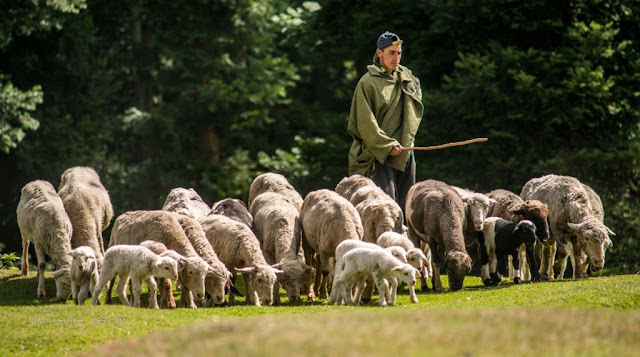Introduction
The Livestock Census is the main data source for properly planning and formulating Livestock Welfare Programmes. This brings further improvements to India’s animal husbandry sector. The Livestock Census usually covers all domestic animals and head counts of various species of animals (cattle, buffalo, mithun, yak, sheep, goat, pig, horse, pony, mule, donkey, camel, dog, rabbit, and elephant) and poultry birds (fowl, duck, and other poultry birds) possessed by the households, household enterprises/non-household enterprises at that site breed-wise with their age and sex. The Department of Animal Husbandry and Dairying has conducted a Livestock Census across the country every five years since 1919. The first Livestock Census was conducted by the British in 1919. The last Livestock Census i.e. 20th Livestock Census was conducted in 2019. However, the 21st Livestock Census begins in September 2024.
Global perspective
There are 500 million pastoralists involved in the pastoral production system worldwide. Pastoralists are the best custodians of drylands and mountain ecologies across the globe. However, their stewardship is undermined by inappropriate policies and strong competition over their natural resources. The World Initiative for Sustainable Pastoralism (WISP) by the United Nations Development Programme (UNDP) and the International Union for Conservation of Nature (IUCN) is an advocacy and capacity-building project that seeks a greater recognition of the importance of sustainable pastoral development for both poverty reduction and environmental management.
Importance of IYRP
The United Nations General Assembly (UNGA) declared 2026 as the International Year of Rangelands and Pastoralists (IYRP) on 15th March 2022. The government of India has supported this proposal of Mongolia to the United Nations along with other 102 countries and 300 organizations globally. The IYRP seeks to close knowledge gaps and increase public awareness of the significant advantages that sustainable pastoralism and healthy rangelands offer on a global scale. It will also promote boosting responsible investment in this sector and bolstering the capabilities of the pastoral livestock industry. The ultimate objective is to elevate rangelands and pastoralists to a prominent position in policy discussions concerning a wide range of issues, including managing threats to biodiversity, addressing climate crises, decreasing poverty, creating sustainable food systems, and assisting in the accomplishment of Sustainable Development Goals towards 2030. The IYRP is keen to support scientists’ and pastoralists’ voices in these discussions regarding the importance of rangelands and pastoralists.
1st Pastoral Livestock Census
There are around 13 million pastoralists in India. Pastoralism contributes to 3% of the national GDP. Jammu & Kashmir has the world’s largest transhumant population with 6.12 lakhs in numbers. The first survey of the transhumant population in Jammu & Kashmir was conducted between June and September 2021 by the government of Jammu & Kashmir. To give priority to enabling policies, the Department of Animal Husbandry and Dairying, Government of India, established a Pastoral Cell in January 2023 under the general direction of the Joint Secretary, National Livestock Mission. One person is to be nominated by each of the following ministries: ICAR-IGFRI, Jhansi, Ministry of Home Affairs, Ministry of Tribal Affairs, Ministry of Agriculture & Farmers Welfare, and Ministry of Environment, Forest & Climate Change. Additionally, the Ministry chose to incorporate information about pastoral communities into the 21st Livestock Census, which is set for 2024. The Department of Animal Husbandry and Dairying under the Ministry of Fisheries, Animal Husbandry and Dairying, Govt. of India has taken the historic initiative to enumerate pastoral livestock separately under the 21st Livestock Census for the first time in the country. Thus, the livestock of over 75 pastoralist communities spread across 17 states and two Union Territories in the country will be enumerated.
Efforts made
With the collective efforts of pastoralist communities, the Pastoral Census Support Cell (comprising of CSOs such as Sahjeevan, Centre for Pastoralism, RRAN-WASSAN, and RLN-FES) and the Animal Husbandry Statistics Division of the Ministry, the first-ever Pastoral Livestock Census begins from September 2024. The state Animal Husbandry Department is the nodal agency for the implementation of the Livestock Census in the state. The enumerators and supervisors are the primary workers ensuring door-to-door collection of data in a Mobile App for the Census developed by the Animal Husbandry Statistics (AHS) Division of the Ministry.
Who is a pastoral?
The Livestock Census 2024 Instruction Manual (Draft) defines pastorals as the ones whose animals should be away from the village at least for one month and animals should be partially dependent on common resources like water resources, grazing sites, pastures, grasslands, village commons, etc. Both the owner and herder (in case the owner and herder are different) are subject to fulfilling the above principles. The household in the village will be considered a pastoral household, where all or any member in the household is involved in pastoralism. Pastoralist groups found in movement during the census may be tracked back to their permanent household to be considered under the Pastoral Livestock Census. Pastoralist groups living at their permanent household or any temporary point of movement in the states where they will be identified, are to be entered in the name of the state of origin.
Outcomes
Though the Livestock Census happens every five years, most of the pastoralists have always been left behind due to a lack of awareness, or constant migration. Earlier when the enumerators used to visit the villages and houses only, pastoralists usually moved into deep forests, commons, and higher mountain reaches. So, they were left out. For the first time, official data on the number of pastoralist families, the number of animals, and keeping breeds will be available. The Banni buffalo breed is one such livestock breed from the pastoralist community of Gujarat. The National Bureau of Animal Genetic Resources (NBAGR) in Karnal, Haryana recognizes 202 livestock breeds, and pastoralists rear and preserve 73 of them. This census will help to get vaccinations, medicines for the livestock, and other essential assistance for their livestock. It will help to develop new schemes and policies for the sustainable livelihood of the pastoralists. The gender aspect of the Pastoral Livestock Census has been taken care of. The Pastoral Livestock Census will be a significant step in the list of events leading to 2026, which the UN has declared the International Year of Rangelands and Pastoralists. India is one of the countries that has signed on to the International Year of Rangelands and Pastoralists, and thus the census will help to detail the steps the government is taking for grazing land.
Conclusion
The United Nations General Assembly (UNGA) has designated 2026 the International Year of Rangelands and Pastoralists (IYRP 2026) to enhance rangeland management and the lives of pastoralists. With this declaration, UN Member States are called upon to invest in sustainable rangeland management, restore degraded lands, improve market access by pastoralists, enhance livestock extension services, and fill knowledge gaps on rangelands and pastoralism. For the first time in 100 years of history of the Livestock Census in India, pastoralists will be counted in the Pastoral Livestock Census 2024. Community awareness through village panchayats, social media, and radio talks across the country is needed. Engaging with the mobile pastoralists, making them aware, and ensuring that no one is left in the Pastoral Livestock Census 2024 are the needs of the hour. Pastoralism has the potential to be an environmentally benign method of raising cattle that maximizes the dynamic balance between sustainability and output in the face of extreme variability.



Leave a Reply
You must belogged in to post a comment.